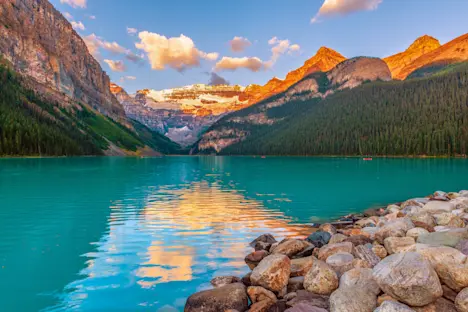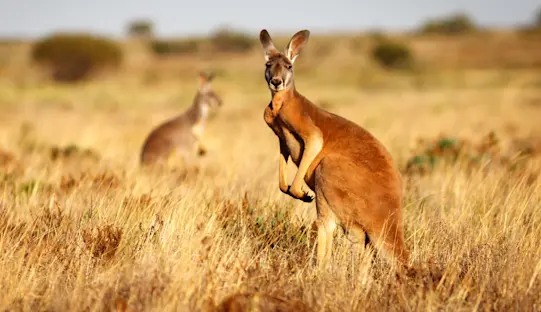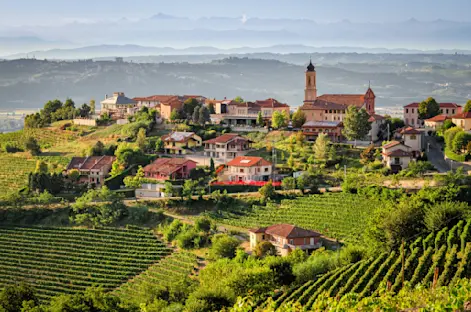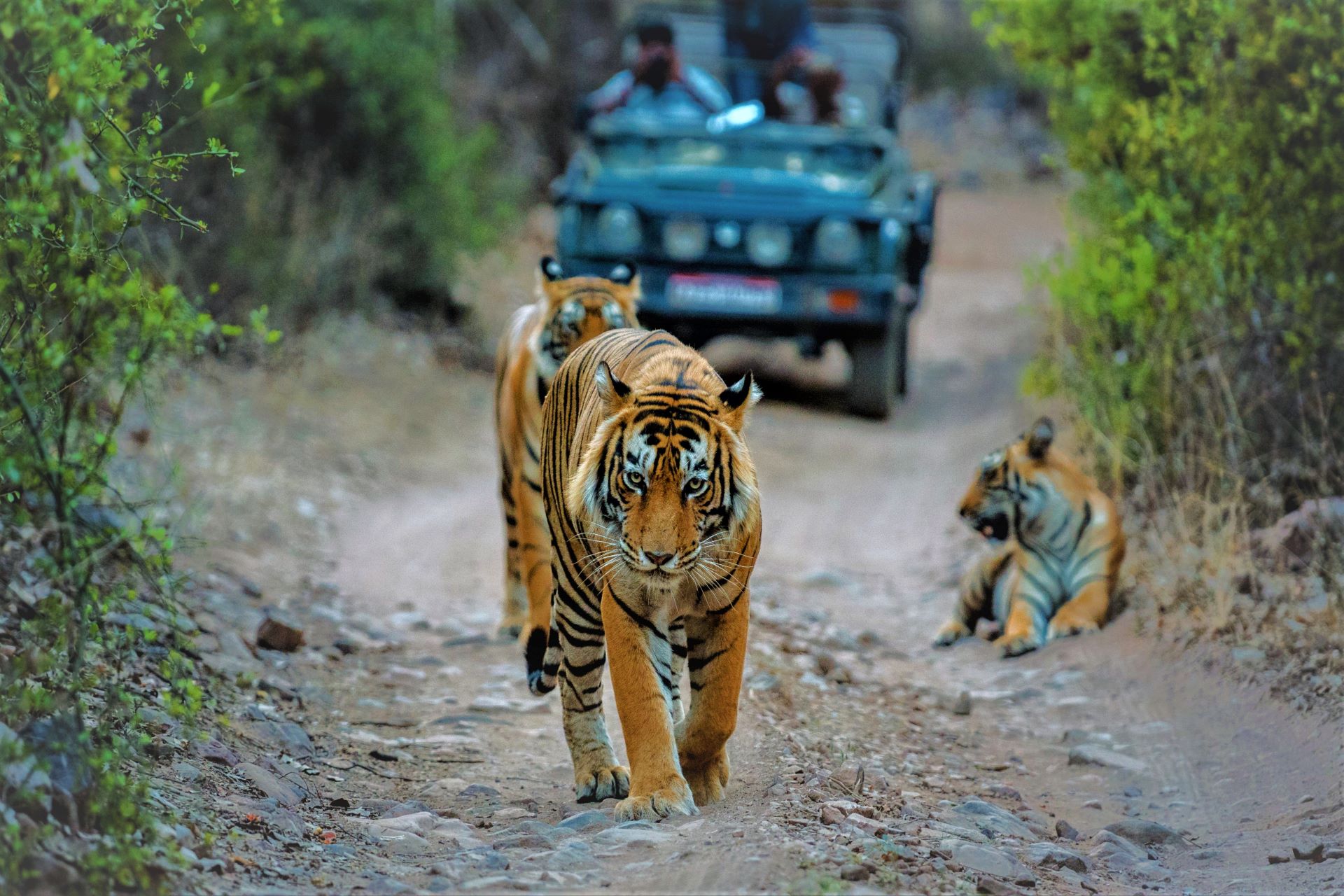It was the Vice President of the National Geographic Society who said, “I had been seeing the world in black and white and, when brought face-to-face with India, experienced everything re-rendered in brilliant technicolor.” The magic of photography is that a single photo can tell a thousand stories. What stories of India will you tell?
Return home with the experience and photo collection of a professional photographer. These are five stand out experiences for photographers on Nat Hab’s India Photo Pro Safari:
Photographing Old & New Delhi
India’s wealth of cultural treasures and engaging human interactions provide an interesting look into the ancient histories, cultures and people that have made India what it is today.
The Chandni Chowk, also known as Moonlight Square, is one of the oldest and busiest markets in Old Delhi, India. Knowledgeable and personable guides will take you through the narrow lanes of Old Delhi and the bustling Chandni Chowk Market, a UNESCO World Heritage Site. You will explore architectural treasures like Jama Masjid, the second largest mosque on the Indian subcontinent. It stands as a relic of Mughal architecture (a blend of Indian, Persian and Islamic styles) and is one of the last architectural works of the Mughal Emperor, Shah Jahan. Completed in 1656 by more than 5,000 laborers, the grand edifice features alternating vertical strips of red sandstone and white marble, with a vast inner courtyard that can hold 25,000 people.
In New Delhi, traverse the grounds of Gurudwara Bangla Sahib, a 17th-century shrine dedicated to the memory of Guru Har Krishan, who was the eighth Sikh Guru. Gurudwara Bangla Sahib is a prominent house of worship for the Sikh community and a tourist spot in Delhi. This white marble architectural beauty is topped with a central golden dome, its distinctive feature. The presence of the huge water tank, called Sarovar, inside the complex enhances the aesthetic beauty of the landscape. This area is also a hub of life, hosting a large community kitchen that generously prepares over 10,000 free meals each day. The area also has a museum, an art gallery, a school, a hospital and a library.
These cultural highlights are a necessity for anyone wanting to photograph the complexity of life on the Indian subcontinent.

Jaipur—Balloon Safari
Jaipur, Rajasthan’s fabled “Pink City” of sandstone, is full of terra-cotta pink hues, centuries-old palaces, sandstone forts and decadent Mughal havelis. This pink city, with lavish palaces, almost ensures you’ll return home with photos that inspire a magical wonder. The city is surrounded by rugged hills, crowned with forts and enclosed by embattled walls. With its flamboyant display of Rajasthani architecture, Jaipur is a visual delight, offering endless photography subjects.
Our tour includes a visit to the striking five-story palace Hawa Mahal, known as the Palace of the Winds. The palace was originally built so the women of the royal residence could watch street festivals without being seen. The Palace of the Winds is considered one of the finest examples of Rajput architecture in India and offers one of the best views of Jaipur. The trip also includes a visit to Jantar Mantar, an astronomical observatory thought to have been built by the enlightened ruler Sawai Jai Singh II in 172. In 2010, the 18th-century observatory was named a UNESCO World Heritage Site, as it is one of the world’s most accurate pre-modern observatories. The building and its technology give us insight into eighteenth-century efforts to improve our understanding of planetary and other cosmic movements.
A sunrise balloon safari offers a chance to photograph Jaipur from a very exclusive perspective as we float over traditional villages, spectacular sandstone forts, hidden palaces and breathtaking landscapes.

Agra Fort & Taj Mahal at Sunset/Sunrise
What is more romantic than a mausoleum built to memorialize a beloved partner? Emperor Shah Jahan started to build the Taj Mahal in 1631 as a memorial to his beloved wife. Standing regally on the banks of the River Yamuna, the Taj Mahal took 22 years to complete with the labor of 20,000 men and a thousand elephants. It is considered one of the seven wonders of the modern world. An icon of romance, the Taj Mahal has captivated the imaginations of travelers and writers since its completion in 1653.
In 1983, the Taj Mahal was designated a UNESCO World Heritage Site. It stands today as the apex of Mughal art in its exquisite design and elaborate gardens. The Taj Mahal is built of white marble that reflects hues according to the intensity of the sunlight or the moonlight. When the sun rises, you’ll get to capture how the translucent white marble glows rosy pink in the morning rays. In the mornings and evenings, the photography conditions are superb, giving everyone a break from the expected heat of a mid-afternoon day.
Near the gardens of the Taj Mahal stands the important 16th-century Mughal monument known as the Red Fort of Agra. Agra Fort is a red-sandstone fortress with high walls enclosing the former imperial residence of the Mughal Dynasty. Photograph its maze of courtyards, mosques and luxurious private chambers that capture the wealth and prestige of the empire during its heyday. It is easy to lose time while exploring the monuments and hidden corners of this fort. The fort, a UNESCO World Heritage Site, was the locus of Mughal power until the imperial capital was moved to Delhi in 1637.

Jhalana Leopard Safari
Situated right in the heart of Jaipur, the Jhalana Leopard Reserve is India’s first reserve dedicated to leopard conservation. In addition to 30 resident leopards, the park is also home to striped hyenas, Indian civets, jungle cats, desert fox jackals, porcupines, mongooses, monitor lizards, Sambar deer, spotted deer and prolific birdlife. Jhalana Leopard Reserve is a world-recognized non-profit wildlife park dedicated to conservation, education and providing animals with wide-open spaces. Nestled into the picturesque hills of Aravalli, the reserve represents a true intersection of humans and nature.
This isn’t any regular afternoon safari. You will encounter exquisite wildlife that is often shrouded by dense vegetation. Nat Hab prepares every traveler and photographer with a wealth of resources that will help you learn top-notch photo techniques from the most experienced wildlife photographers.

Tiger Photography in Ranthambore National Park
Ranthambore National Park, located in eastern Rajasthan, India, is legendary tiger country and is a world-renowned tiger enclave. It sits between the rugged Aravali and Vindhya hills, a broad swath of jungle scrub bordered by tranquil gardens, forests and grasslands. Every part of this special ecosystem is photo-worthy. Ranthambore is home to more than 300 different plant species and exotic wildlife such as sloth bear, caracal, jackal, striped hyena, desert fox, mongoose and peacocks. Birds flourish here too, with more than 300 species in the reserve. Keep an eye out for crested serpent eagles, paradise flycatchers, painted storks, peacocks and many more.
A tiger-intensive itinerary gives you 5-1/2 days on safari to maximize your chances of going home with the tiger images you have dreamed of. Our Expedition Leaders are seasoned pros, and we follow their lead, listening for sounds and watching for signs that may reveal a tiger’s location: rustling grass, deer racing away from its presence, birds circling overhead. Our guides are accomplished professional photographers and tiger experts who, as seasoned naturalists, are adept at understanding tiger behavior and movement patterns, and locating these big cats in their natural habitat.
This is a tailor-made trip that focuses on photography, with abundant natural wonders to capture. With only two travelers and a driver-guide per open-sided safari vehicle, you’ll have a quiet presence and unimpeded access for photography during your entire trip. All dimensions of India are explored on this photography safari, and you’ll leave with a gallery of memories to recreate your story when returning home.
































